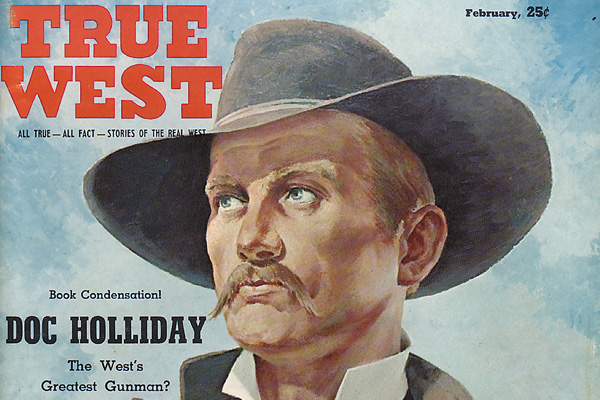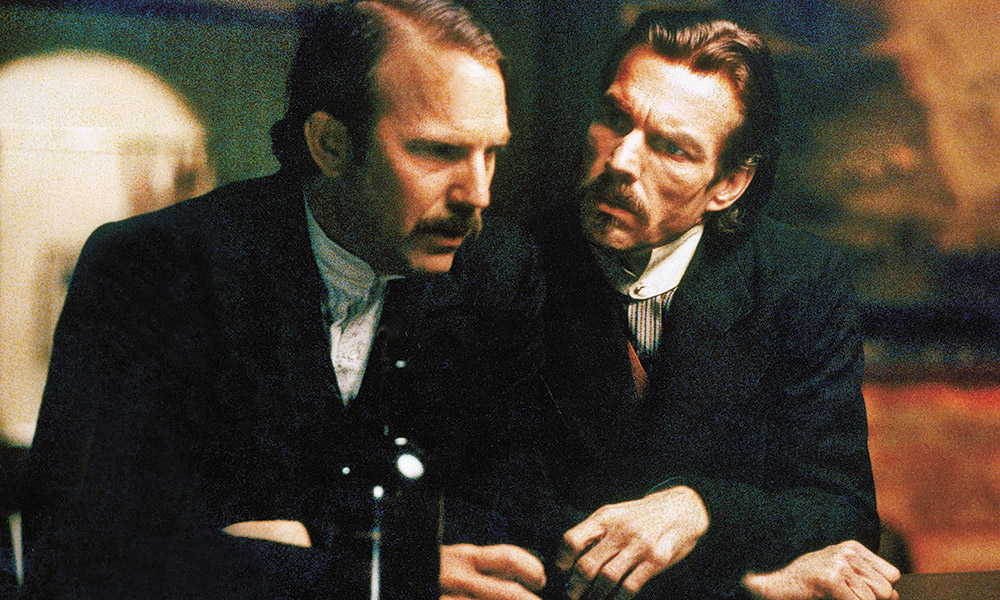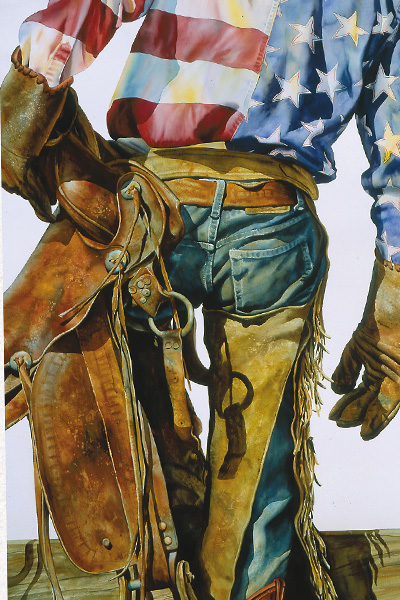 GOLDEN TALES FROM THE TRUE WEST STRONGBOX
GOLDEN TALES FROM THE TRUE WEST STRONGBOX
A classic from our January-February, 1960 issue
DOC HOLLIDAY was one of the truly fascinating personalities of the Old West. He was not an admirable man, except in the sense that anyone is to be admired who can consistently cope coolly with dangerous situations.
It is doubtful if we would have been friends had history thrown us together. But I would not have wanted him as an enemy. Today, my friends and I indulge in a lot of kidding. Back there, I think I would have been extra careful in joshing with Doc. I would have wanted to know him—but I think I would have been a little afraid of his unpredictable disposition.
My painting (which was done for the M.H. Fitzpatrick Collection) shows Doc Holliday as I think he should have looked. It is not a literal copy of the one photo known to have been made of him. Mr. Fly, out in Tombstone, was a good photographer—but the picture he made of Doc in 1881 has been copied, retouched, recopied by other photographers, and printed sometimes with a background, sometimes without. The man I see in the photo does not have the character of the Holliday I have come to know through his biographers. The photo is flat, with no anatomy, no lights and shadows; even the mustache, hair and eyes have become black, whereas Doc was an ash blond with blue eyes.
I HAVE tried to paint a well-dressed, somewhat aristocratic, educated man in his thirties—one who shows the effect of dissipation, the long fight with tuberculosis and, more than anything else, a very unhappy outlook on life. A doctor’s diagnosis had wrecked a young man’s beautiful dream. But, unexpectedly, it took fifteen years for the bugs in Doc’s lungs to accomplish what the leaden slugs barely missed so often. For fifteen years, his surly disposition built a legend from one end of the West to the other, a legend that lives today.
Any good psychiatrist today could explain Doc Holliday’s personality. In his own time, there were a few friends—among them Wyatt Earp—who understood him. Doc, to me is more than a legend; he is as real and human as if he lived today. I think I understand him. I hope my paintings of men like Doc help you also, to feel the realness of some of the characters—good or bad—who were part of the True West.





